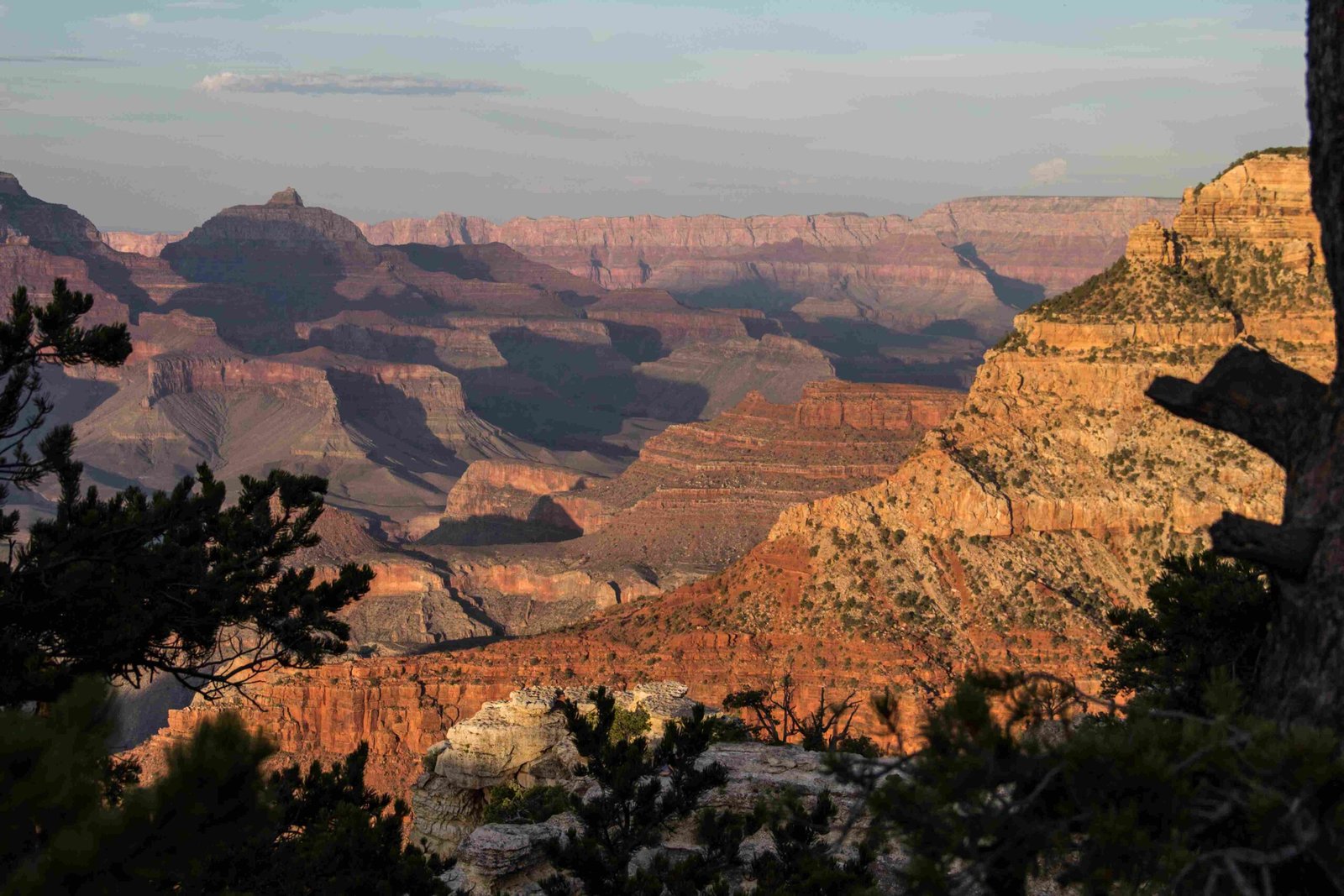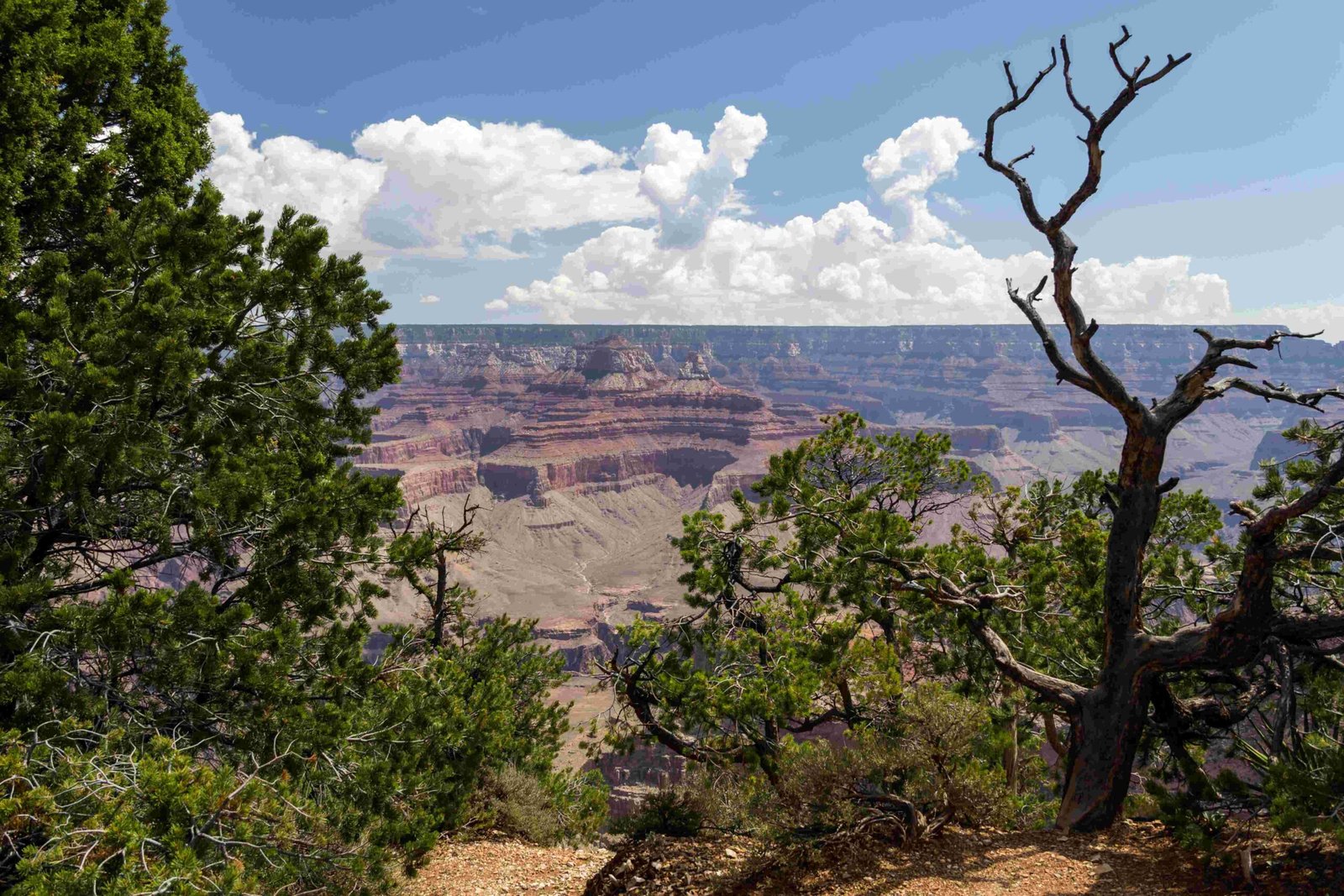The Grand Canyon’s primary layers represent an extraordinary geological archive spanning nearly 2 billion years, revealing Earth’s complex transformation through metamorphic, sedimentary, and volcanic rock formations. These layers, ranging from ancient Precambrian basement rocks to more recent Cenozoic deposits, provide a remarkable window into planetary geological processes, showcasing intricate stratification that tells a profound story of environmental changes, tectonic movements, and evolutionary transitions.
What Are the Oldest Grand Canyon Primary Layers?

Precambrian Foundational Rocks
The Grand Canyon’s geological story begins with its oldest layers, the Precambrian basement rocks, which form the foundation of this remarkable landscape. These ancient formations include:
| Rock Type | Age | Composition | Significance |
|---|---|---|---|
| Elves Chasm Gneiss | 1.84 billion years | Metamorphic rocks | Earliest crustal formation |
| Vishnu Basement Rocks | 1.7-1.6 billion years | Schists and granites | Fundamental geological base |
Key Characteristics of Precambrian Layers
- Formed through intense heat and pressure
- Represent the earliest known crustal development
- Provide insights into primordial geological processes
How Do Paleozoic Layers Contribute to Grand Canyon’s Geological Narrative?

Marine Sedimentary Formations
The Paleozoic Era layers reveal a dramatically different environmental context compared to Precambrian rocks. These layers, deposited in ancient marine environments, include:
- Tapeats Sandstone
- Age: Approximately 525 million years
- Composition: Coarse-grained sand and conglomerate
-
Fossil Evidence: Trilobites and brachiopods
-
Bright Angel Shale
- Age: Around 515 million years
- Composition: Fine-grained marine sediments
- Indicates shallow marine depositional environment
Limestone Formations
The limestone layers provide critical information about marine ecosystems:
- Muav Limestone
- Redwall Limestone
- Temple Butte Limestone
These formations contain rich fossil records, demonstrating the complexity of marine life during the Paleozoic Era.
What Geological Processes Shaped Grand Canyon’s Layers?
Erosion and Deposition Mechanisms
The Grand Canyon’s layers were created through multiple geological processes:
- Sedimentary Deposition: Gradual accumulation of marine and terrestrial sediments
- Tectonic Activity: Vertical and horizontal movements of Earth’s crust
- Volcanic Contributions: Lava flows and volcanic ash deposits
- Erosional Forces: Primarily driven by the Colorado River’s persistent cutting action
How Do Mesozoic and Cenozoic Layers Complete the Geological Story?
Recent Geological Transformations
While most Mesozoic layers have been eroded, the remaining formations and Cenozoic deposits reveal:
- Volcanic activity
- Landscape reshaping
- Continued erosional processes by the Colorado River
Visitor Exploration of Grand Canyon Layers
Recommended Viewing Locations
- South Rim Viewpoints
- Bright Angel Trail
- South Kaibab Trail
- Geological Museum Exhibits
Conclusion
The Grand Canyon’s primary layers represent a breathtaking geological timeline, offering unprecedented insights into Earth’s dynamic history. Each stratum tells a unique story of environmental transformation, making this natural wonder a living museum of planetary evolution.

